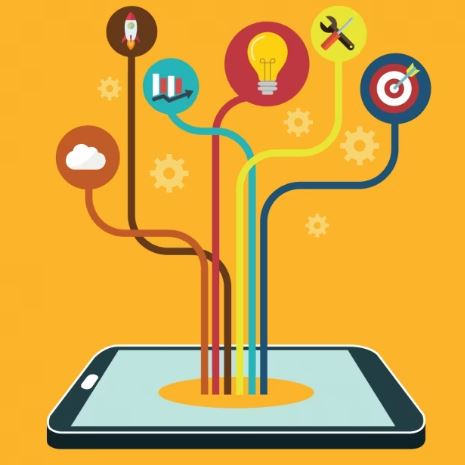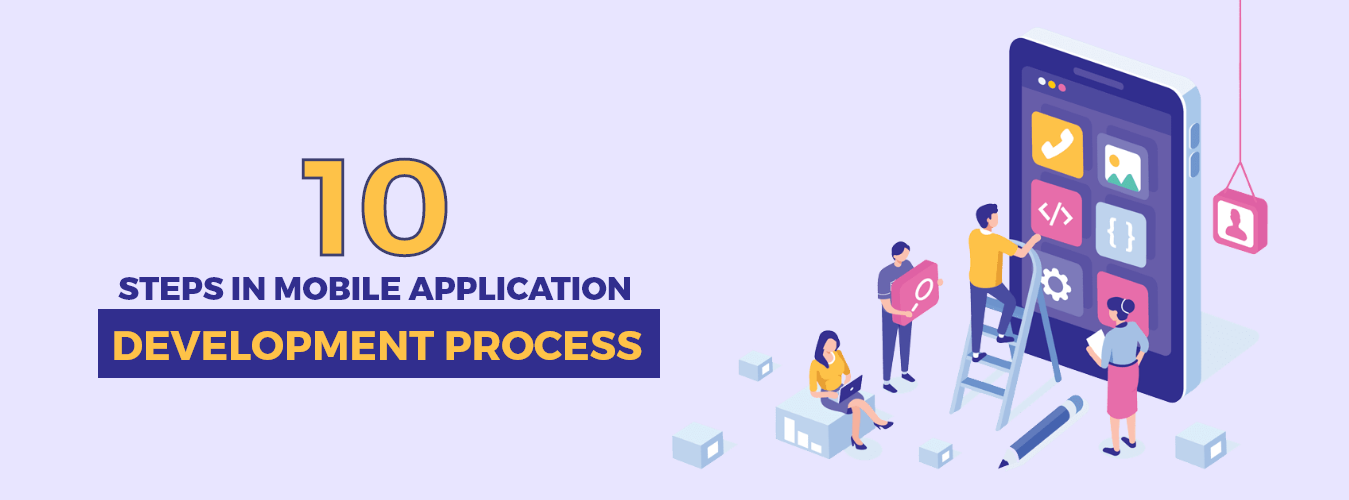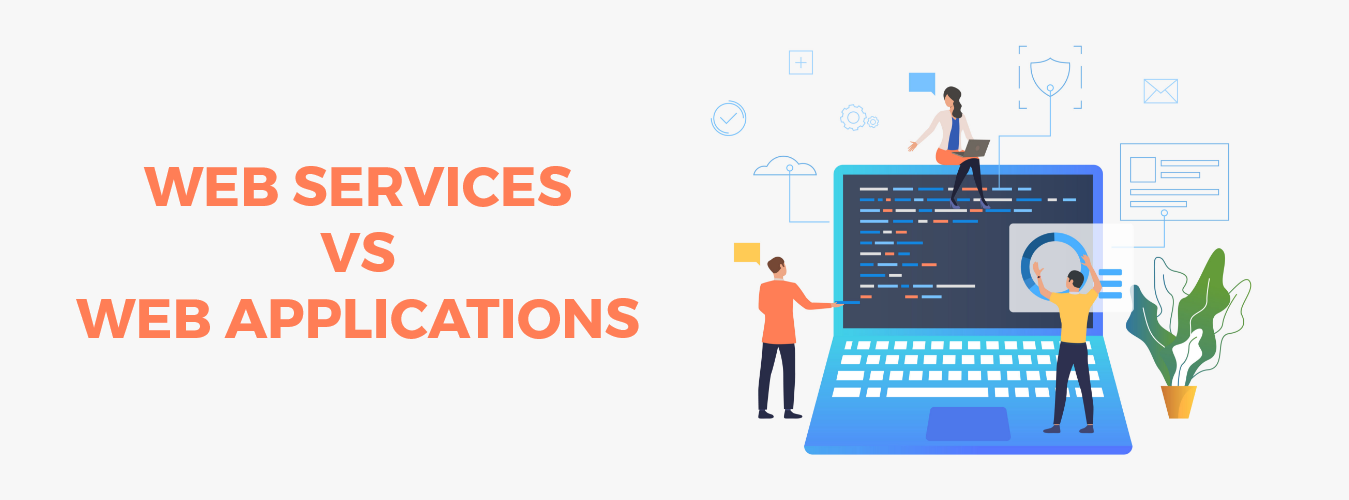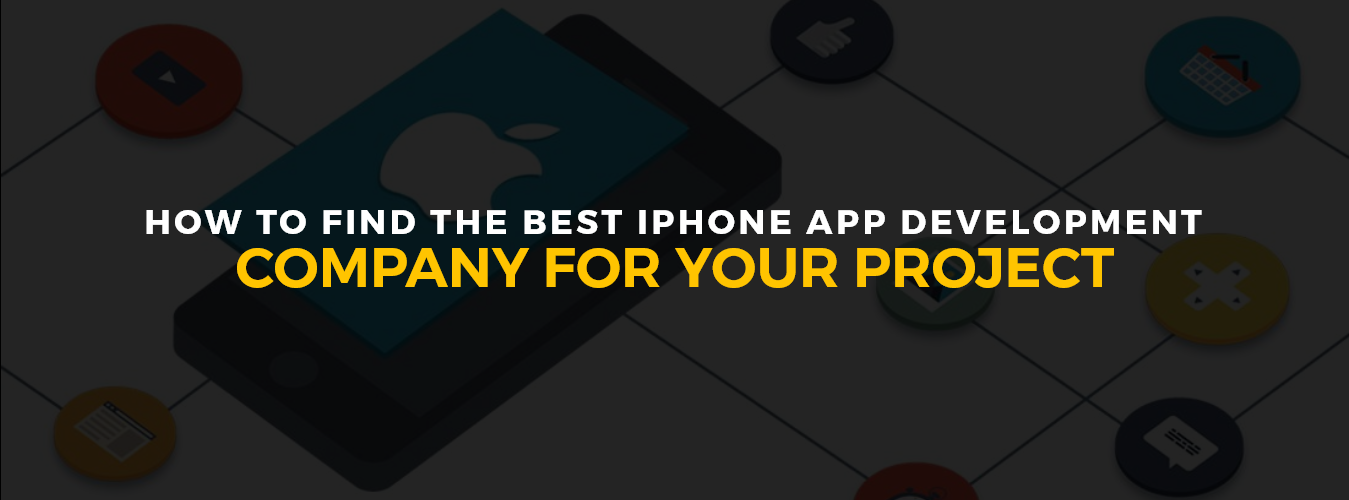Mobile app development is a complex process that involves several steps. Which includes idea and strategy, market research, planning and design, development, testing, quality assurance, deployment, marketing, feedback and updates, and maintenance. Each step is essential to ensure the app’s success and meet the user’s expectations.
Crafting Your Ideal Mobile App/Experience Starts Here!
Ready to elevate your business? Your custom app is just a click away.
Yes Let’s go10 Steps in Mobile App Development Process
1- Idea and Strategy
The first step is to develop a clear idea and strategy for your mobile app. This includes identifying the app’s purpose, target audience, features, and overall vision. To develop an app idea, you should consider what problem your app will solve or what need it will fulfill. It could be an app that simplifies a task. An app that provides entertainment or education, or an app that improves productivity. Once you have identified the problem or need. You can start thinking about the features and functionalities your app should have to address it.

Next, you should identify your target audience. This includes understanding the demographics and characteristics of the users who will use your apps, such as age, gender, location, and interests. Understanding your target audience is crucial to design an app that is user-friendly, relevant, and appealing.
Finally, you should develop an overall vision and strategy for your app, which includes your long-term goals and how your app will generate revenue. It’s essential to consider factors such as the app’s business model, pricing, and distribution strategy.
2- Market Research
Market research is the second step in mobile app development and is a critical step in the process. Market research aims to identify potential competitors, understand your target audience, and determine what features are in demand in the market. This information will help you to refine your app idea and make it more appealing to users.

When conducting market research, you should identify potential competitors in your niche. Look for apps that address the same problem or need as your app and analyze their features, pricing, and distribution strategies. This will help you identify the market gaps and areas where your app can excel.
Next, you should conduct user research to understand your target audience better. This can involve surveys, focus groups, or interviews with potential users. You should aim to understand your target audience’s pain points, preferences, and behaviors to design an app that meets their needs and expectations.
3- Planning and Design
Planning and design is the third step in mobile app development, and it involves creating a detailed plan and design for your app. This step is crucial to ensure the app is user-friendly, easy to navigate, and visually appealing.
The planning and design phase typically starts with creating wireframes, basic layouts of the app’s screens and functionalities. Wireframes help you determine the app’s overall flow and how users will navigate through it.

Once the wireframes are complete, you can move on to the user interface (UI) and user experience (UX) design. This step involves designing the app’s visual elements. Including the color scheme, fonts, and icons, and designing the user experience and interaction with the app.
When designing the UI and UX, it’s essential to keep the user in mind and design an app. That is easy to use and visually appealing. This can involve creating a consistent design language. Using visual cues to guide users through the app, and designing an intuitive user interface.
Finally, it would help if you created a prototype of your app to test the design and user experience. Prototyping can be done using tools such as InVision or Sketch. It allows you to test the app’s flow and functionality before moving on to the development phase.
4- Development
The fourth step in mobile app development is development, where the actual coding and building of the app take place. This phase involves turning the design and plans into a functional application.
During the development phase, the development team uses programming languages and tools to write the code for the app. The custom mobile app development agencies create the app’s back and front-end, including databases, server-side, and client-side logic. The development team should be aware of the app’s design and ensure. That it is consistent with the plans and wireframes created in the previous phase.

It’s important to ensure that the app is being developed with the appropriate platform and programming language. If you’re developing an app for iOS, you should use Swift or Objective-C. If you’re developing an app for Android, you should use Java or Kotlin. Cross-platform development tools like React Native, Xamarin, and Flutter have also become popular in recent years. Which enable developers to write code once and deploy it on multiple platforms.
The development phase involves continuous testing to ensure that the app’s features and functionalities are working correctly. The testing process includes functional testing, performance testing, and security testing. The development team should work closely with the testing team to identify and fix bugs.
Also Read: Strategies for Mobile App Development
5- Testing
The testing phase is the fifth step in mobile app development, and it involves testing the app to ensure that it is functional, stable, and meets the user requirements. Testing is a crucial step in the mobile app development process as it helps to identify and fix bugs, improve the user experience, and ensure that the app is ready for release. During the testing phase, it’s essential to work closely with the development team to identify and fix bugs and ensure that the app is stable and functional. The testing team should document any issues or bugs found during testing and provide feedback to the development team to ensure that the issues are resolved before release.

6- Quality Assurance
Quality assurance (QA) is the sixth step in mobile app development and involves ensuring that the app meets the desired quality standards. The QA phase is vital as it ensures that the app is functional, stable, secure, and meets user requirements. During the QA phase, it’s essential to work closely with the development and testing teams to identify and fix any issues or bugs found during testing. The QA team should document any issues and provide feedback to the custom mobile app development agency to ensure that the issues are resolved before release.

7- Deployment
Deployment is the seventh step in mobile app development, and it involves making the app available to users through app stores or other distribution channels. The deployment phase is critical as it is the point where the app becomes accessible to users.

To deploy an app, you need to create an account with the app stores or other distribution channels where you plan to release the app. The most popular app stores are the Apple App Store and Google Play Store, but other app stores are available, such as the Amazon Appstore and the Microsoft Store.
Once you have created an account with the app store, you will need to upload your app and any associated metadata, such as app descriptions, screenshots, and app icons. You will also need to set the app’s pricing and availability and any other details required by the app store.
Also Read: Mobile App Development Frameworks
8- Marketing
Marketing is the eighth step in mobile app development, and it involves promoting the app to potential users. Marketing is a critical step in the mobile app development process as it helps increase app awareness and drive downloads and user engagement. It’s essential to track and analyze the effectiveness of your marketing efforts to determine what strategies are driving downloads and engagement. This can be done by monitoring app store rankings, user reviews, and analytics data.

Marketing is a critical step in mobile app development, where the app is promoted to potential users to increase awareness, downloads, and engagement. You can increase visibility and drive downloads by using strategies such as ASO, social media marketing, influencer marketing, paid advertising, content marketing, and app launch events. It’s essential to track and analyze the effectiveness of your marketing efforts to determine what strategies are working and make any necessary adjustments.
9- Feedback and Updates
Feedback and updates are the final steps in mobile app development. They involve gathering user feedback and updating the app to improve its performance and user experience.
Collecting user feedback is essential to understand how users interact with the app and identify any issues or improvement areas. You can gather feedback through user reviews, ratings, surveys, or social media.

Based on the user feedback, you can make necessary updates to the app to improve its performance, fix bugs, and add new features. The update process typically involves releasing new versions of the app, which users can download and install.
It’s important to prioritize the updates based on user feedback and focus on the most critical issues or areas for improvement. You can also use analytics tools to track user behavior and identify any issues or areas for improvement.
10- Maintenance
Maintenance is an ongoing process in mobile app development, and it involves managing and updating the app to ensure its continued functionality and relevance. The maintenance phase is critical in ensuring the app’s longevity, as technology and user expectations change over time. It’s essential to monitor and analyze user feedback and app usage data to identify areas for improvement and prioritize maintenance tasks accordingly.

Maintenance is an ongoing process in mobile app development, and it involves managing and updating the app to ensure its continued functionality and relevance. By prioritizing performance optimization, security updates, compatibility updates, feature enhancements, content updates, and user support, you can ensure that the app remains competitive and meets the user’s expectations. It’s essential to monitor user feedback and app usage data to identify areas for improvement and prioritize maintenance tasks accordingly.
Crafting Your Ideal Mobile App/Experience Starts Here!
Ready to elevate your business? Your custom app is just a click away.
Yes Let’s go







